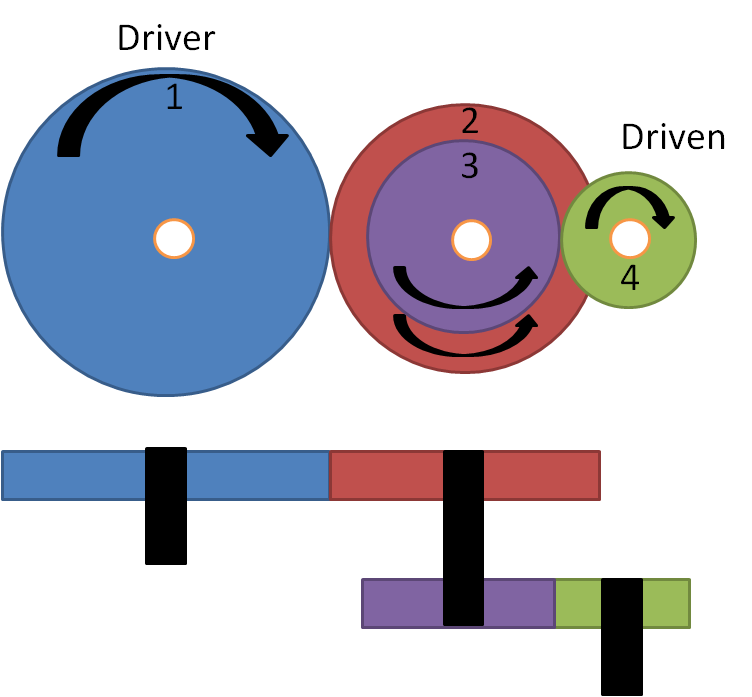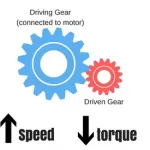First….What is torque?
Torque is a twisting force- (it doesn’t do any ‘work’ itself- it is simple an application of energy).
Work (or ‘stuff’) happens, when torque is applied and movement occurs.
“Torque is a force that tends to rotate or turn things. You generate a torque any time you apply a force using a wrench. Tightening the lug nuts on your wheels is a good example. When you use a wrench, you apply a force to the handle. This force creates a torque on the lug nut, which tends to turn the lug nut.
English units of torque are pound-inches or pound-feet; the SI unit is the Newton-meter. Notice that the torque units contain a distance and a force. To calculate the torque, you just multiply the force by the distance from the center. In the case of lug nuts, if the wrench is a foot long, and you put 200 pounds of force on it, you are generating 200 pound-feet of torque. If you use a two-foot wrench, you only need to put 100 pounds of force on it to generate the same torque.”
In summary:
| Torque equals Force multiplied by Distance |
How does gear ratio affect Torque?
Simply put, torque at work (such as at a wheel) is your motor’s torque times your gear ratio.
| Motor Torque x gear ratio = torque at the wheel |
Lets say we have a 10rmps motor that is capable of 5 oz Torque (we know this from our motor spec.)
Lets say we have 2 gears. Our input gear (attached to our motor) has 10 teeth Our output gear has 50 teeth
Our Gear ratio is 5:1
Motor Torque x gear ratio = torque at the wheel
5oz x 5:1 = 25 oz
What if our gear ratio were 1:3 ?
5oz x 1:3 = 1.6oz


